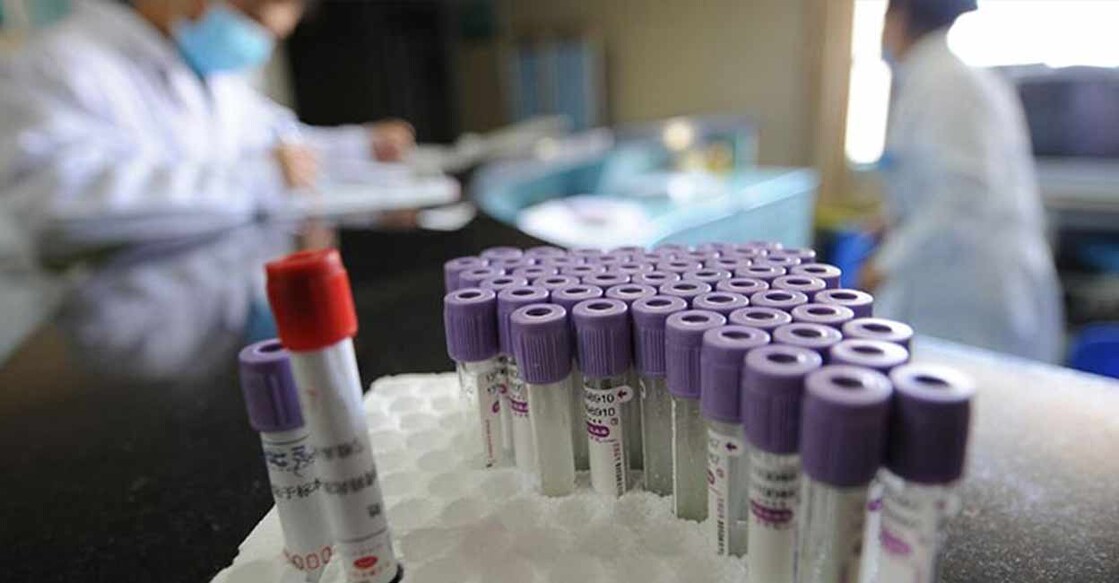Govt to launch PRIP scheme for pharma sector

Mail This Article
The Department of Pharmaceuticals will soon launch the scheme for Promotion of Research and Innovation in Pharma MedTech Sector (PRIP), Union Minister Mansukh Mandaviya said. The Union Cabinet has already approved the scheme for a period of five years from 2023-24 to 2027-28 with a total outlay of Rs 5,000 crore.
What is the scope for such a scheme?
• The Indian pharmaceuticals industry plays a prominent role in the global pharmaceuticals industry. India is ranked third worldwide in the production of pharma products by volume and 14th by value. The sector is the largest provider of generic medicines globally, occupying a 20 per cent share in global supply by volume.
• Pharmaceutical sector requires continued research to remain competitive. However, to leapfrog substantive measures are needed to venture into new areas to garner more value to the product and achieve increased exports.
• Expansion of the industry’s presence in innovation accounts for two-thirds of the global pharmaceuticals opportunities.
• Currently, Indian pharma constitutes 3.4 per cent market share of the global pharma industry. If the industry adopts a business-as-usual approach, the market value would grow to around $108 billion by 2030 with 11 per cent Compound Annual Growth Rate (CAGR).
• The global pharma market, positioned at $1,230 billion in 2020, is expected to grow to $3,206 billion by 2030 at a CAGR of 8.5 per cent. It is envisioned that a focus on growth enablers can help India grab a 4 per cent market share reaching $130 billion market size and a 5 per cent market share will position India at $160 billion.
• The Indian pharma industry has largely remained confined to generic drugs where they are holding global leadership. The total amount spent on pharma R&D in the US is $50-60 billion, China is $15-20 billion and in India it is $3 billion.
• In the financial year 2021, the investments in R&D by the top ten Indian pharma companies amounted to around 7.2 per cent of their sales.
• There is a need to increase the R&D expenditure in the country by further promoting research and innovation. There is an urgent need to shift the focus to new areas where the future trajectory of pharma industry lies.
• Accordingly, six priority areas have been identified which hold potential for the future and will help industry to leapfrog in these areas.
• At present, a major component of Indian exports are low value generic drugs while a large-proportion of the demand for patented drugs is met through imports. This is because the Indian pharmaceutical sector lacks in high value production along with world class pharma R&D.
• In order to encourage the global and domestic players to enhance investment and production in these product categories, a well-designed and suitably targeted intervention is required to promote specific high value goods such as bio-pharmaceuticals, complex generic drugs, patented drugs or drugs nearing patent expiry, cell based or gene therapy drugs.
• The medical device sector is also an essential and integral constituent of the healthcare sector. Medical devices constitute a multi-disciplinary sector. The market size of medical devices in India is estimated to be $11 billion (approximately Rs 90,000 crore) in the year 2020 and its share in the global medical device market is estimated to be 1.5 per cent.
• The sector in India is at a growth stage with CAGR of 10-12 per cent over the last decade. The growth of medical device sector in India is primarily driven by growing and ageing population, increased per capita and disposable income and demand for healthcare.
• R&D in the proposed areas will help in new drug discovery and new treatment solutions that will reduce the global burden of diseases impacting developing and developed countries.
Major objectives of the PRIP scheme:
i) To transform the Indian pharma medtech sector from cost based to innovation-based growth by strengthening the research infrastructure in the country.
ii) To promote industry-academia linkage for R&D in priority areas and to inculcate the culture of quality research and nurture our pool of scientists.
This will lead to sustained global competitive advantage and contribute to quality employment generation in the country.
Major components of the scheme
1) Setting up of Centres of Excellence
Strengthening the research infrastructure by setting up Centres of Excellence at National Institute of Pharmaceutical Education & Research (NIPERs). Department has set up seven NIPERs as institutes of national importance for imparting post-graduate and doctorate education and conduct high end research in various specialisations in pharmaceutics.
It is proposed to establish Centres of Excellence in the seven existing NIPERs at Mohali, Ahmedabad, Hyderabad, Guwahati, Kolkata, Hajipur and Raebareli at a tentative cost of Rs 700 crore over a period of five years.
This will help in building specific research capacities in the identified priority areas in a focused time bound programme, tapping industry-academia linkage. The CoEs will strengthen the research infrastructure in pharma-medtech sectors in the country by providing advanced
facilities to conduct research and will also help in nurturing talent pool by promoting industry-academia linkage.
2) Promotion of Research in Pharma MedTech sector
The Budget 2023-24 proposes to encourage industry to invest in research and development in specific priority areas. Accordingly, it is proposed that financial assistance under the component would be provided to promote R&D in six priority areas.




